A mathematics investigation involving chance and data, embedded in a real-world context.
This open-ended mathematics investigation has been designed to deepen students’ understanding of chance, data collection and data representation.
In this investigation, the students must conduct a comprehensive chance experiment to test the following statement:
If you whisper Roll me a six! to a dice before rolling it, you have a higher chance of getting a six.
The students must collect data by rolling a dice 20 times, whispering Roll me a six! before each roll. They must then roll the dice 20 more times without whispering. The students must present and compare their data using frequency tables and a side-by-side column graph.
This teaching resource includes:
- teacher notes, detailing a range of important information about the investigation
- a detailed description of the investigation for students, including step-by-step instructions
- various recording worksheets
- reflection questions.
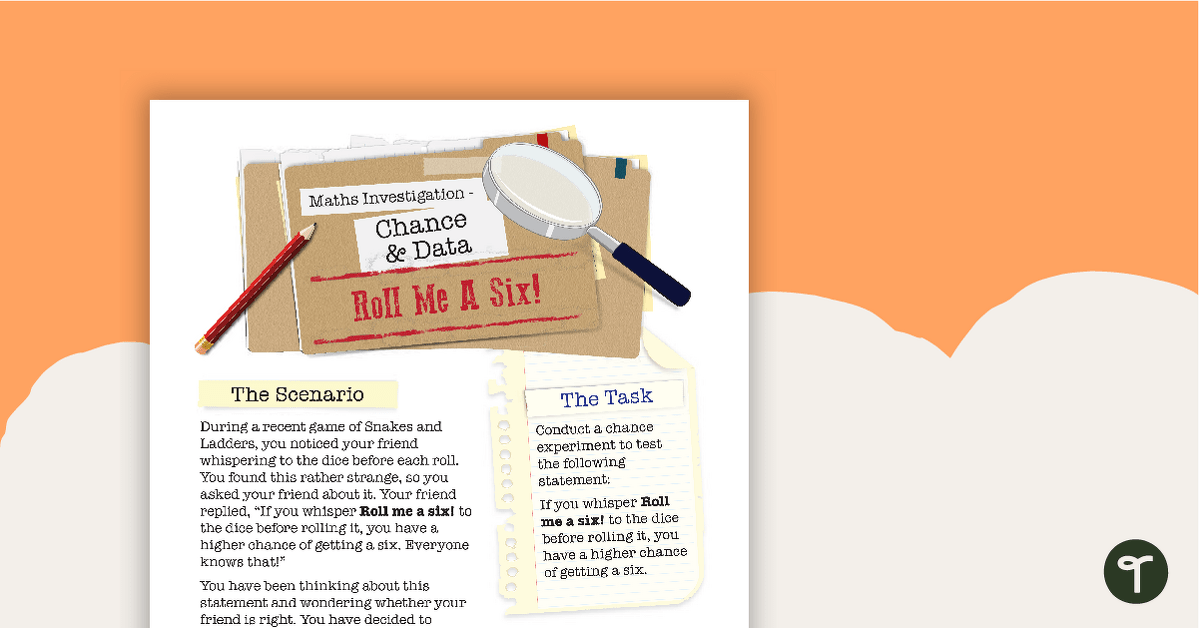

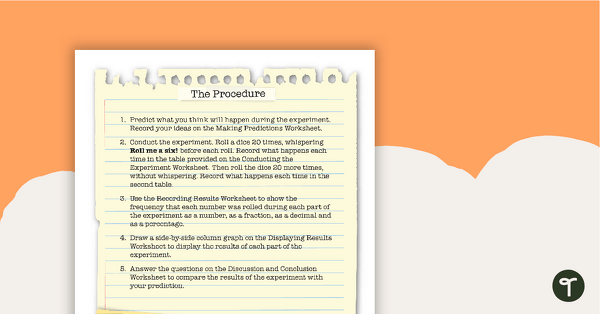
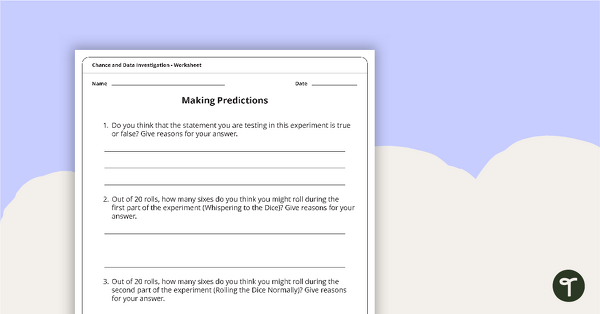
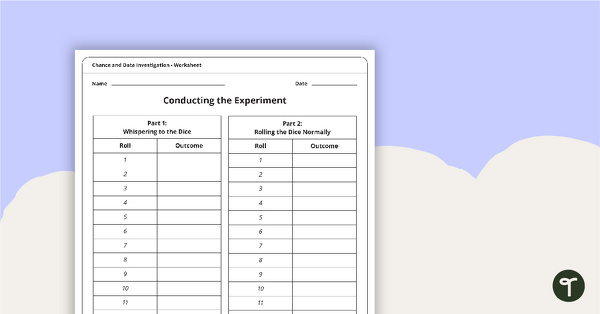

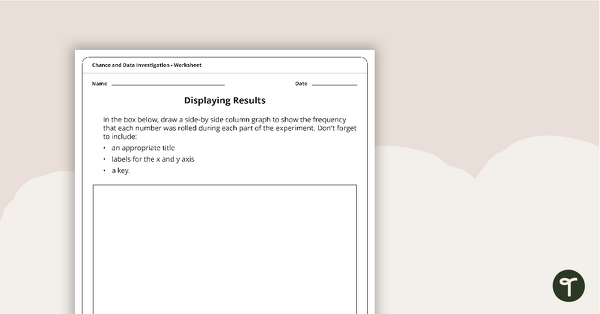
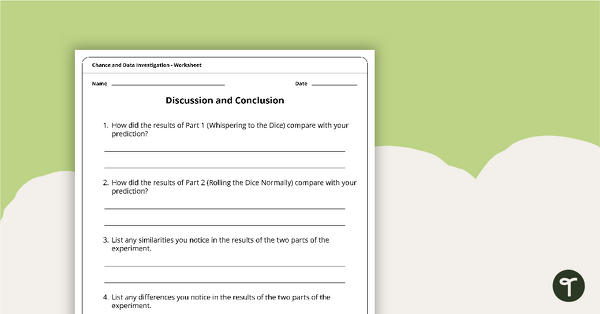
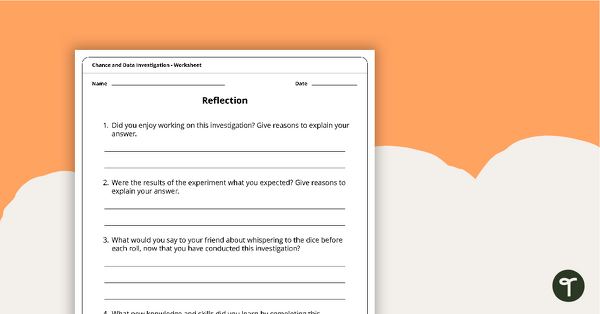


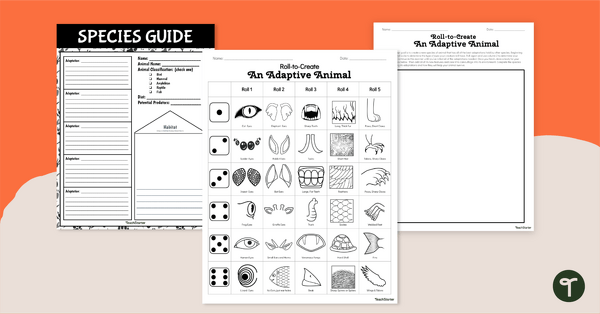
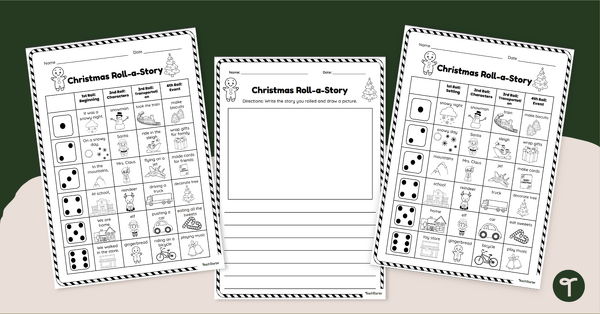
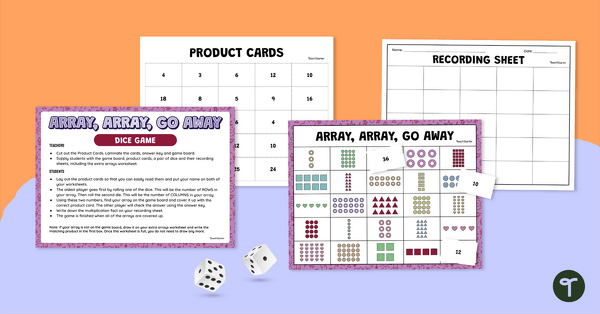

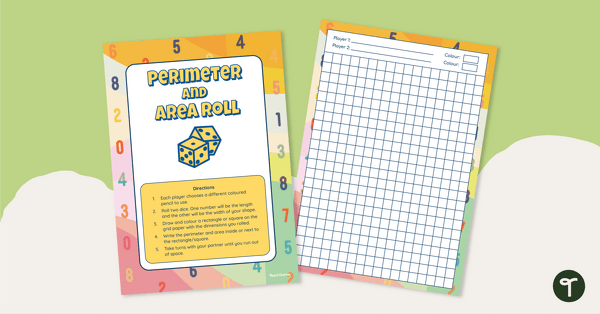
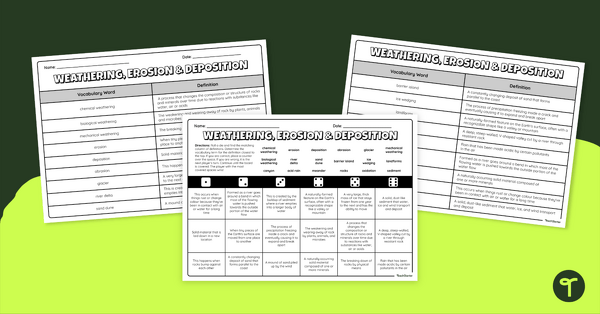

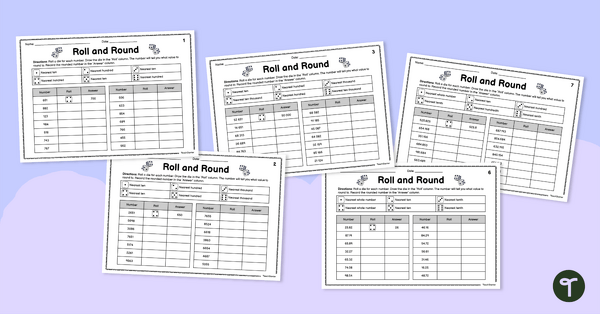

0 Comments
Write a review to help other teachers and parents like yourself. If you'd like to request a change to this resource, or report an error, select the corresponding tab above.